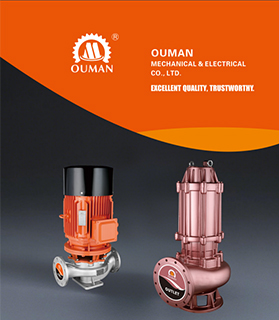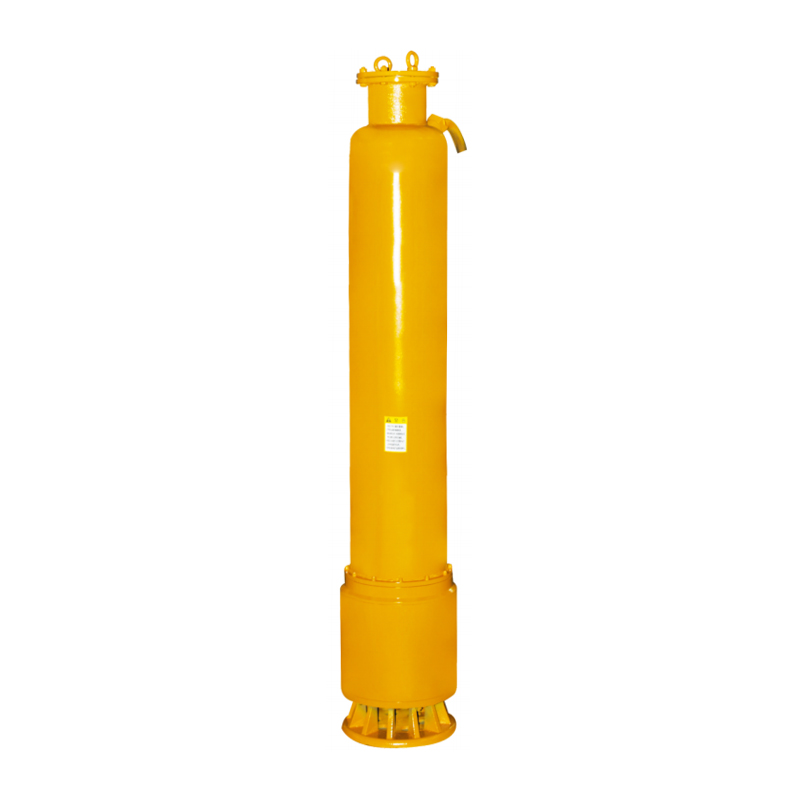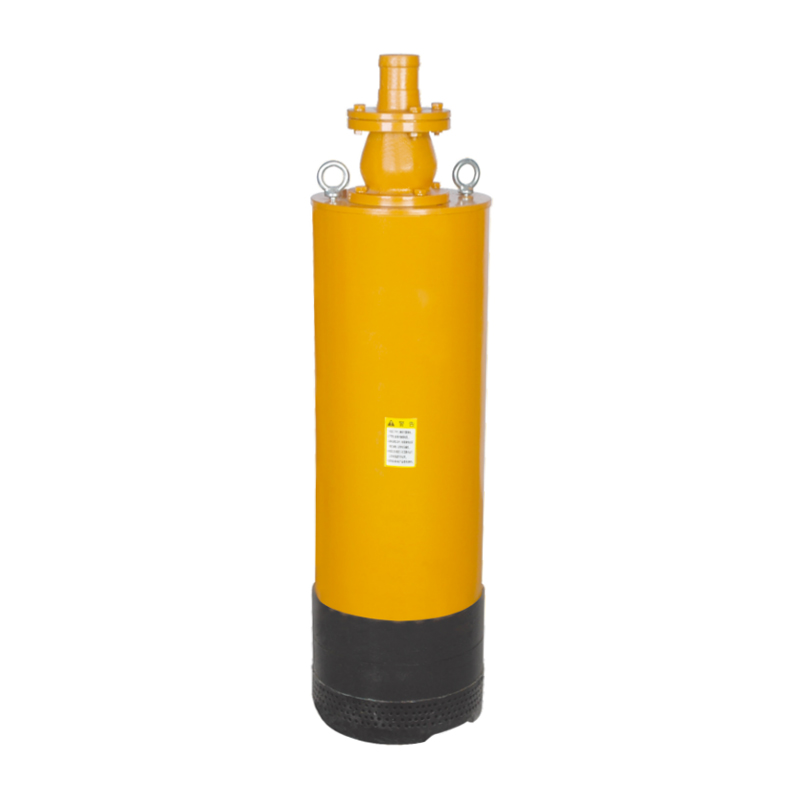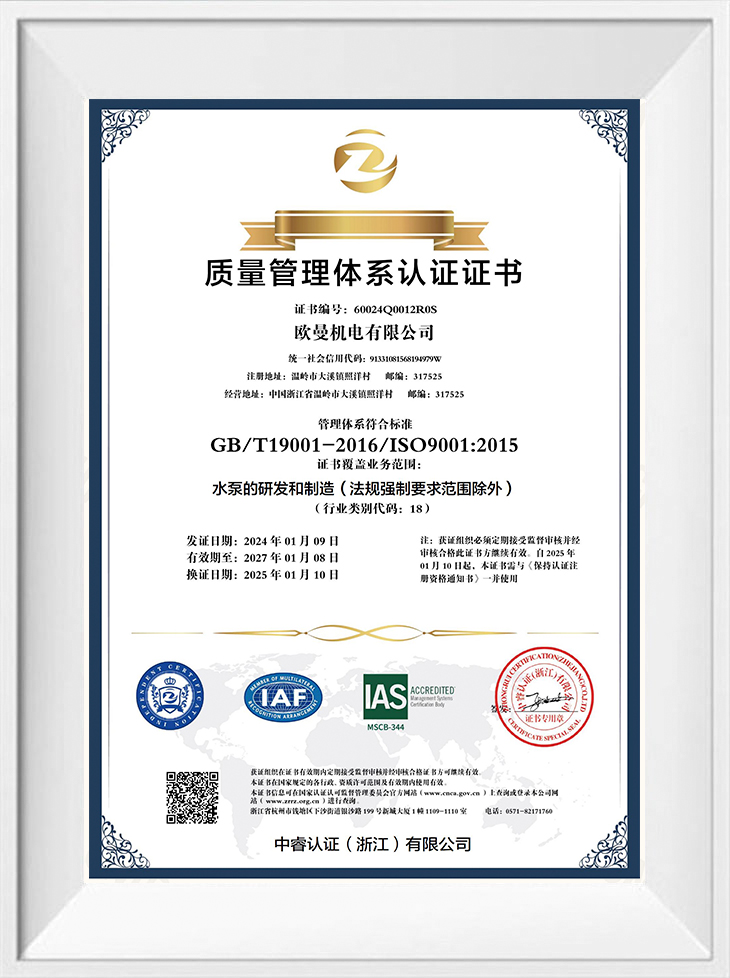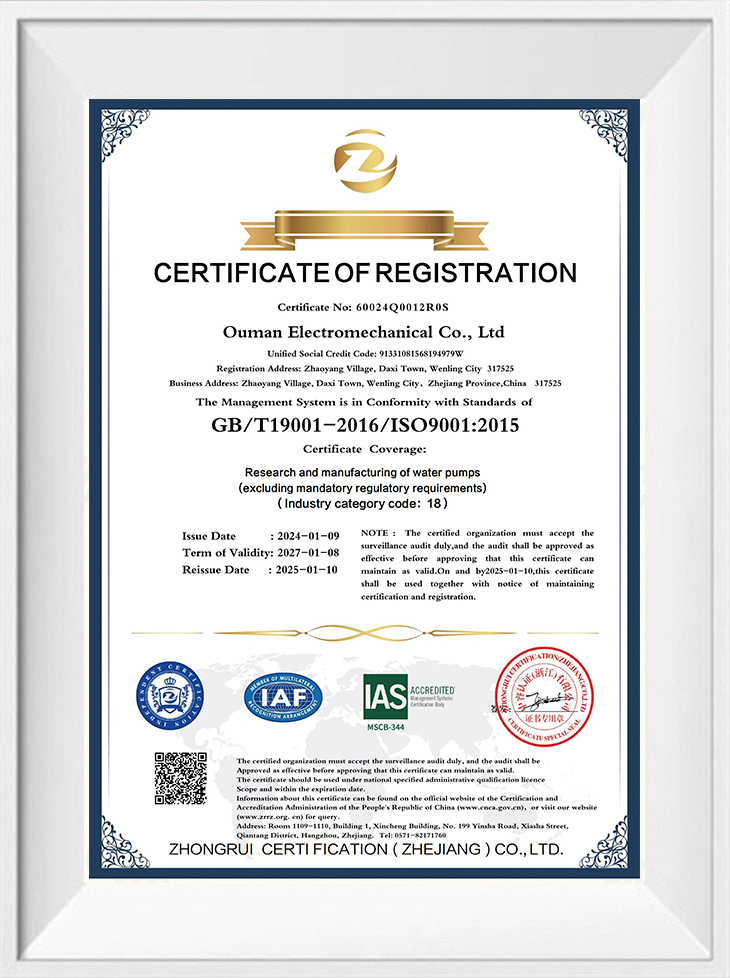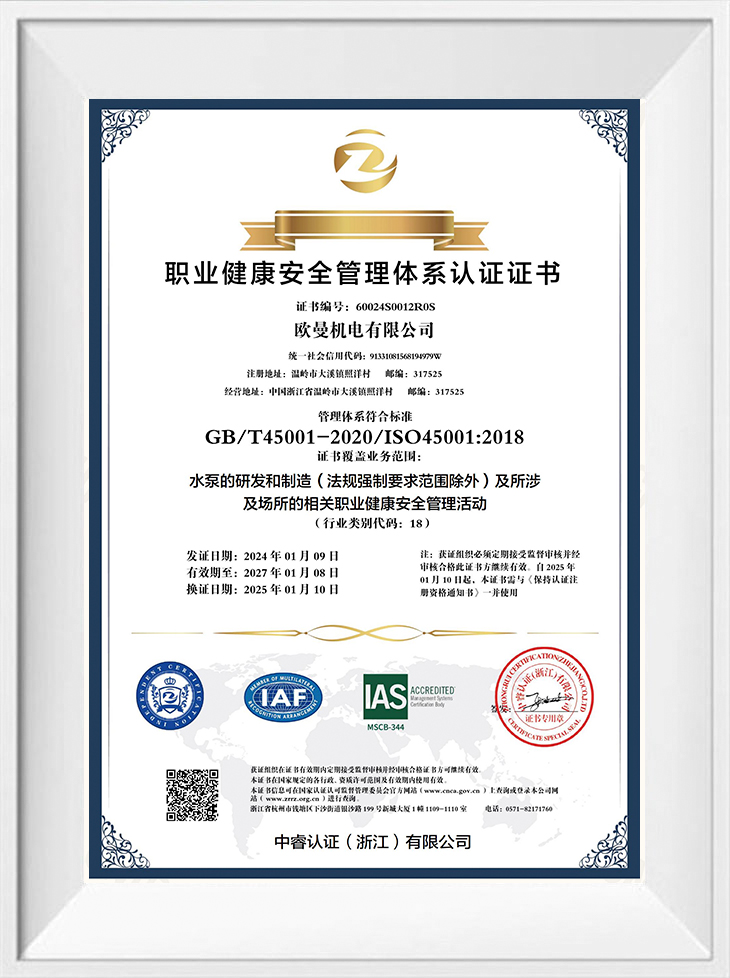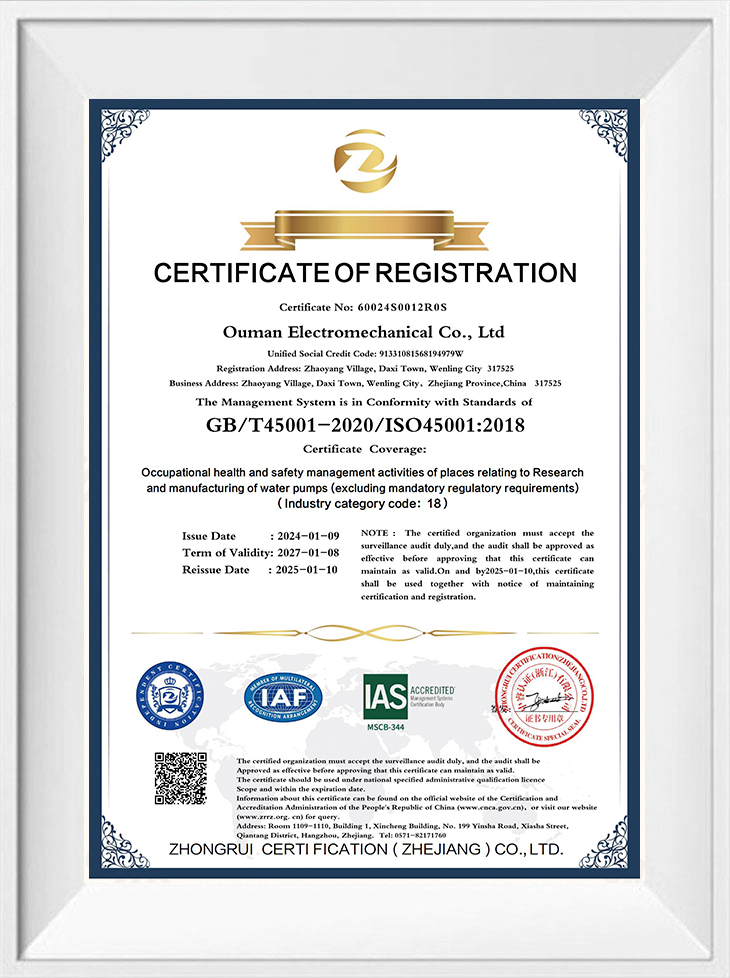The Submersible Pump is a widely used and highly efficient solution for moving water or other liquids from one location to another. It operates by being submerged directly into the liquid, which makes it ideal for applications that require water to be pumped from deep or submerged sources. This pump offers significant advantages over traditional pumps and has a variety of uses across industries.
Advantages
Efficient Operation:
One of the key advantages of a submersible pump is its ability to pump liquids efficiently while submerged. By operating underwater, the pump minimizes energy loss that typically occurs in non-submerged pumps. This makes submersible pumps highly energy-efficient, especially in systems that need to pump large volumes of water over long distances.
Space-Saving Design:
Unlike surface pumps, submersible pumps do not require a separate motor or complex installation. They can be completely submerged in the liquid, taking up less space and eliminating the need for additional equipment or maintenance structures. This makes them ideal for applications where space is limited or where traditional pumps would be impractical.
Reduced Noise and Vibration:
Since submersible pumps are submerged within the liquid they are pumping, the surrounding fluid absorbs much of the noise and vibration typically generated by surface pumps. This results in quieter operation, which is especially beneficial in environments where noise levels need to be kept to a min. such as residential areas or sensitive industrial sites.
Versatility:
Submersible pumps are capable of handling a wide range of liquids, from clear water to wastewater, slurry, and even some chemicals. Their versatility makes them suitable for a variety of applications, including drainage, irrigation, industrial processes, and sewage management.
Self-Priming:
Submersible pumps do not require priming as surface pumps do. Once submerged, they can start pumping automatically without needing to remove air from the suction line. This simplifies the operation and makes them a reliable choice in many situations where priming is challenging.
Applications
Water Supply and Drainage:
Submersible pumps are widely used in residential and commercial water supply systems. They are effective for draining water from wells, ponds, and tanks, as well as for transferring water to different locations, such as irrigation systems or swimming pools.
Sewage and Wastewater Treatment:
In wastewater treatment plants and municipal sewage systems, submersible pumps are essential for transporting sewage and wastewater. Their ability to pump water with suspended solids, such as sludge and debris, makes them ideal for sewage and effluent applications.
Industrial Use:
In various industries, submersible pumps are used to handle water, chemicals, and other liquids. For example, they are found in mining operations, oil refineries, and construction sites where water needs to be pumped out of excavated areas or wells. They are also employed in cooling systems, where they circulate water or other coolants.
Flood Control:
During flooding events, submersible pumps are often used to remove water from affected areas. They can be deployed quickly to manage large volumes of water, preventing damage to properties and infrastructure. Their portability and ability to function in deep water make them indispensable for emergency flood response.
Agriculture and Irrigation:
Submersible pumps are used in agriculture for irrigation purposes. They efficiently pump water from underground sources to the surface, enabling farmers to irrigate crops or maintain water levels in agricultural ponds.
Features
Corrosion-Resistant Construction:
Submersible pumps are often built with materials that can withstand exposure to water, chemicals, and other corrosive elements. Stainless steel, cast iron, and other durable alloys are commonly used to ensure the pump's longevity, especially in harsh environments like wastewater treatment or industrial applications.
Automatic Float Switches:
Many submersible pumps are equipped with automatic float switches that turn the pump on or off depending on the water level. This feature is particularly useful for sump pumps or drainage applications, as it ensures that the pump operates only when needed, preventing dry running and saving energy.
Variable Speed Options:
Advanced models of submersible pumps may include variable speed controls, allowing the user to adjust the pump’s output according to the specific needs of the application. This feature enhances efficiency and prolongs the pump’s lifespan by adapting to changing conditions.

 English
English русский
русский عربى
عربى